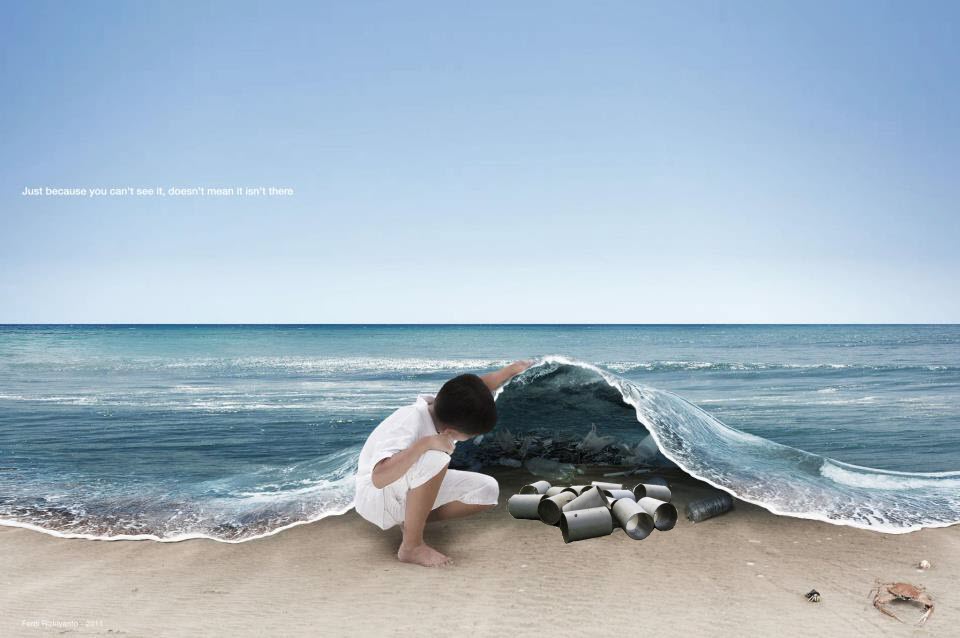"The mouth is but wind,
the pen leaves a track."
Councilmember Richardson, March 3
Prepare written comments to submit
to Pierce County at the hearing or by email.
April 3, 5:30PM
Peninsula High School
14105 Purdy Drive NW
Gig Harbor, WA 98332
Council Phone: (253) 798-7777
Public comments should include focused written comments
Pierce County's Community Development Committee will hold one of its final public meetings on its Shoreline Master Program update (requires Microsoft Word) April 3 in Gig Harbor. Within that update are the proposed regulations concerning aquaculture, in Section 18S.40.040, on page 42. As Councilmember Richardson noted, comments which are written and focused on specific sections with suggestions as alternatives, or in support of what exists, are the most effective.
Who is "taking" what?
A taking of marine habitat
Public comments at previous meetings have been primarily from shoreline owners of fresh water lakes concerned about restrictions on their property which they consider a "taking". At the March 20 meeting another perspective on what a "taking" is began to take shape. It is the "taking" of the marine habitat provided by the intertidal and subtidal areas through the expansion of industrial aquaculture and "modern" methods used to intensify the yield and profit from these unique and scarce areas.
Plastic growout bags and nets smothering
and scourring the intertidal area.
A fragmentation of intertidal habitat through plastic bags, nets and tubes
It is a transformation of a habitat unique to Puget Sound which is permanent and which fragments an ecosystem which has existed for millennia. It is a habitat which supports native species unique to Puget Sound, which in some cases are considered little more than "pests" to an expanding industry populating the habitat with unnaturally high densities, and in many cases, with non-native species unable to adapt to the variable water conditions of Puget Sound.
Anytime, anywhere: Fudge Point State Park
The fragmentation of a way of life for everyone
At one time anyone who was fortunate enough to find time to enjoy the shorelines of Washington could count on a peaceful experience. A place where families camping or picnicking on some of the few public shorelines and tidelands available could explore without being told they were "trespassing". Even that experience has become fragmented as aquaculture expands. As seen above, access from the water to the Fudge Point State Park on Harstine Island is now limited. Further north, Mason County has leased tidelands between McMicken Island and Harstine Island to a major shellfish company, limiting what had been unrestricted.
McMicken State Park
They don't make tidelands anymore
Private and public tidelands are not being made any longer. Those which are not developed by aquaculture are being sought after in what is best described as a "land grab". Whether through attempts at new leases with claims of increasing wealth, to attempts to "grandfather" tidelands claiming "production" has occurred where none has, the industry is trying to gain use of tidelands wherever they are. Those privately owned tidelands which are developed are having leases extended for decades, locking them into production. Forever transformed.
Boat slips converted to shellfish production.
Citizen's public access to the water is becoming limited by aquaculture
In addition to the tidelands becoming restricted and fragmented, access points and use of the water by those not able to afford shoreline properties are also being impacted by aquaculture. Portions of public marinas are being converted to shellfish production facilities and public boat ramps/docks are being used to unload harvested shellfish for transport to processing facilities. As seen in the image above, a number of the few slips available for moorage in Oakland Bay are now being used to produce shellfish. Currently there is no limit to the number of slips which may be used, whether in that portion controlled by the Port of Shelton or that portion controlled by Mason County.
The public process helps protect everyone - but only if you're involved
Politics is messy. Nobody ever gets all that they want. But if you aren't involved in the process you will have nothing to stand on when your access to Puget Sound becomes limited or when you see that Puget Sound's tideland habitat has become transformed into nothing more than a profit center for a few large companies. At the expense of public access, property values, and a way of life.
Pierce County Shoreline Master Program Update page: click here
Committee Members and Emails:
| Rick Talbert | Chair, District 5 rick.talbert@co.pierce.wa.us |
| Douglas G. Richardson | Vice Chair, District 6 drichar@co.pierce.wa.us |
| Connie Ladenburg | Member, District 4 cladenb@co.pierce.wa.us |
| Jim McCune | Member, District 3 jmccune@co.pierce.wa.us |
| Stan Flemming | Member, District 7, sflemmi@co.pierce.wa.us |
Friends of Burley Lagoon Outreach
How to help:
Information: Coalition to Protect Puget Sound Habitat

























